Assessing Reef Health and Plotting the Path Forward
Coral reefs in The Bahamas underpin biodiversity, tourism, fisheries, and coastal protection. This report card scores reef health across islands using six indicators and a combined Bahamian Reef Health Index (BRHI).
At A Glance
- Overall status: Mixed. Only ~3% of sites rated “Poor,” but many are Impaired.
- Healthiest areas: Conception Island & Exuma Cays Land & Sea Park (ECLSP)—remote and/or well-enforced MPAs.
- Lowest scores: Western Bahamas (historic dredging) and developed hubs near New Providence & Grand Bahama.
Key Findings by Indicator
1) Benthic Index
- Average coral cover ~11% vs. macroalgae ~46%.
- MPAs generally show higher coral and lower seaweed.
2) Coral Condition
- Most reefs had >60% live tissue per colony on average.
- Grand Bahama & New Providence showed higher partial mortality.
3) Coral Disease
- Low overall prevalence (~1.2% of corals showed disease).
- Dark Spot & Black Band noted; localized outbreaks occurred.
4) Coral Recruitment
- 40% of surveys found no recruits.
- Most recruits were small brooding species; few major reef-builders.
5) Large Parrotfish
- Key grazers declining near population centers (e.g., ~40% drop around New Providence since 2011).
- Grazing keeps space open for coral settlement.
6) Grouper Index
- Nassau grouper is critically endangered; healthier populations inside MPAs.
Major Threats
- Hurricanes: Dorian (2019) caused severe damage in Abaco & Grand Bahama; broken corals and sediment burial common.
- Bleaching: Major event in 2015; some sites recorded 70–100% bleaching. Recovery increases later disease vulnerability.
- Coastal development & pollution: Sediment, nutrients, and chemicals reduce coral cover. Chronic petroleum leaks near Clifton Pier linked to large declines.
- Stony Coral Tissue Loss Disease (SCTLD): Confirmed 2020; rapid spread with very high mortality in several species.
- Unregulated fishing (esp. parrotfish): Reduces grazing, boosts seaweed, lowers resilience.
What’s Working
- Marine Protected Areas: In Exuma Cays Land and Sea Park (ECLSP), coral cover ~76% higher than elsewhere; recruitment ~2×; grouper density/biomass significantly higher.
- Coral Restoration: ~25 nurseries growing 6,000+ fragments; documented staghorn/elkhorn increases at Abaco restoration sites.
Recommendations
National Actions
- Expand & enforce MPAs (target: ~20% nearshore waters).
- Manage more reef fish species (include parrotfish); improve compliance & enforcement.
- Sustainable coastal development: mitigation, wastewater treatment, invasive Casuarina removal.
Community Actions
- Choose sustainable seafood; avoid key reef-health species (e.g., parrotfish).
- Reduce pollution; dispose of waste properly; keep chemicals out of waterways.
- Restore habitats (e.g., mangroves) and replace invasives with native plants.
- Conserve energy to curb climate impacts.
Bottom Line
Reefs thrive where protection and enforcement are strong (remote MPAs) and struggle near development
and heavy fishing pressure. Recovery demands tighter protection, smarter coastal management, active
restoration, and safeguarding key grazers like parrotfish.
Report card data window: 2015–2019. Publication year: 2020.
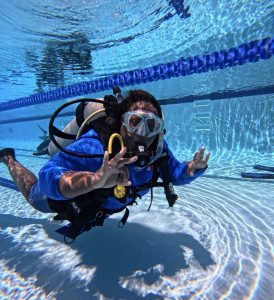
PIMS and Disney Conservation Fund Partner to Train 19 Government Divers
PIMS dive training in Nassau strengthened national coral restoration capacity across government agencies. Bahamas Dive Training Builds National Coral Restoration Capacity Last fall, between the months of September and October,

Florida’s Coral Reef Crossed a Line: What Functional Extinction Really Means for Elkhorn and Staghorn Corals
Reefs didn’t just bleach. They functionally vanished in one summer. A new Science study co-authored by researchers from the Perry Institute for Marine Science (PIMS) has found that Florida’s two
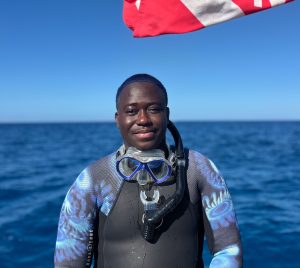
Q&A: Understanding the IDC Course at PIMS with Duran Mitchell
A former aquarist turned coral conservationist, Duran is passionate about understanding how all marine life connects. PIMS & IDC: Empowering New Dive Instructors for Marine Conservation PIMS & IDC: Empowering
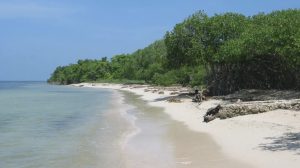
Forbes Shines a Spotlight on Coral Reef Restoration in the Caribbean
When Forbes highlights coral reef restoration, it signals something powerful: the world is paying attention to the urgent fight to protect reefs. And solutions are within reach. Recently, Forbes featured Dr. Valeria
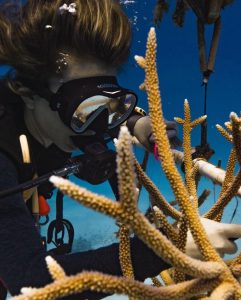
New Reef Rescue Diver Course: Volunteer in Coral Reef Restoration Abroad
Coral reefs are often called the rainforests of the sea—complex ecosystems that shelter a quarter of all marine life, feed millions of people, protect coastlines from storms, and attract travelers
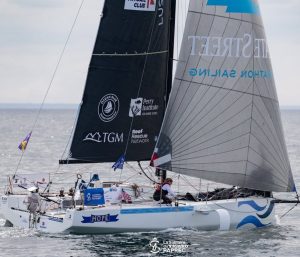
PIMS & RRN Partner with Erica Lush in La Solitaire du Figaro
Racing for Resilience: PIMS & RRN Partner with Erica Lush in La Solitaire du Figaro From coral nurseries to Europe’s hardest solo offshore race; why our science belongs at sea.
